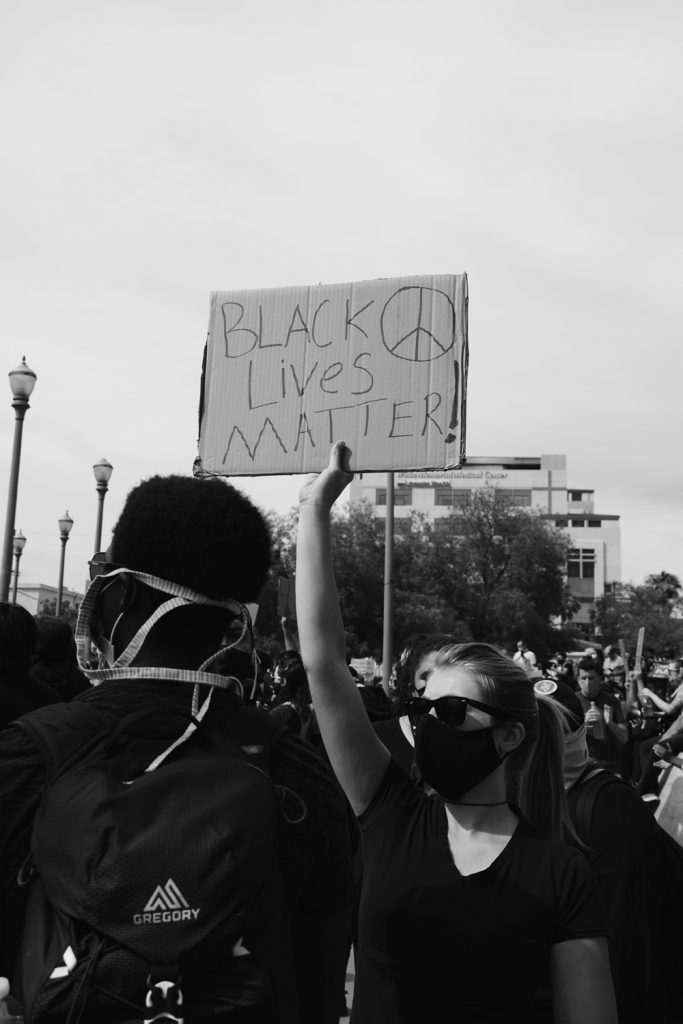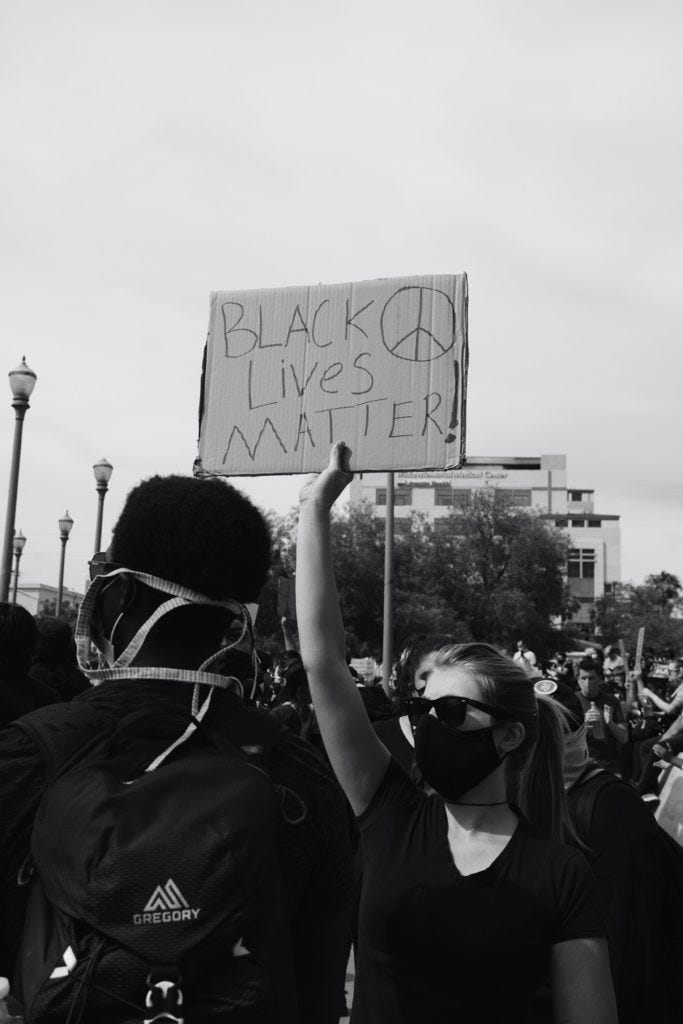How to read Trump’s threat to bring the army on to America’s streets

Photo by Mike Von on Unsplash
It was Peter Thiel, Donald Trump’s only Silicon Valley supporter before the 2016 US presidential election, who had the best, most insightful line on the property magnate turned politician. The media, said Thiel, takes Trump literally, not seriously. Instead, they should take him seriously, not literally.
It’s a distinction without a difference now the US president has offered America and the wider world a clear view of his vision for dealing with civil unrest — the mobilisation of “thousands and thousands of heavily armed soldiers”.
In a conference call with a group of state governors, he prescribed strong-arm tactics and for law enforcement to “dominate”.
Military police
On 1 June, Trump made sure he was taken both seriously and literally. He told the US Army to deploy active-duty military police to Washington, according to a military official quoted by The New York Times.
The American capital is the only jurisdiction in the country where the army can deploy without consulting the governor of a state. The 1878 Posse Comitatus Act limits the powers of the federal government with respect to using federal troops for domestic law enforcement actions.
The deployment of a battalion of 200 to 500 troops from Fort Bragg marks an escalation in the federal administration’s response to the nationwide protests against racism and police brutality, which have sometimes led to looting and arson.
To call the army out on America’s streets and threaten militarised crackdowns are also a broader signal. For more than 30 years, Trump has displayed a marked fondness for strong leaders.

Tiananmen Square
Now, just days before the world marks the 31st anniversary of China’s brutal crackdown on the Tiananmen Square protests, Trump is suggesting the same sort of response in the US.
On 1 June, police in riot shields tear gassed peaceful protesters near the White House, dispersing them so Trump could visit a nearby church.
It was a measure of the Trump administration’s determination to both talk and act tough. Trump’s admiration for strong leaders and a militaristic approach is well documented.
In a 1990 interview with Playboy magazine, Trump praised the Chinese authorities for showing the “power of strength” by using brute force to put down student-led protests at Tiananmen Square.
“When the students poured into Tiananmen Square, the Chinese government almost blew it,” Trump said. “Then they were vicious, they were horrible, but they put it down with strength. That shows you the power of strength. Our country is right now perceived as weak.”
Gorbachev
Trump also told the magazine about his disappointment with Mikhail Gorbachev’s leadership of the former Soviet Union, which he had just visited.
He said Gorbachev had appeared weak when faced with the “demonstrations and picketing” and his country suffered from the lack of a “firm-enough hand”. Asked if Gorbachev should have behaved like the Chinese government in Tiananmen Square, Trump agreed and added the important thing was to “show you were strong”.
In light of all of this, what’s in prospect for America? Will Trump really take the bold step of forcibly deploying federal troops on America’s streets by invoking the 1807 Insurrection Act?
Similar scenes from history
It has been done before by American presidents but for specific causes that would largely be seen as progressive. In the 1950s, the military was despatched to the Southern states to ensure the desegregation of schools and to protect civil rights. In the 1990s, the army was sent to Los Angeles to quell the riots that raged after the death of Rodney King.
This time is different. Most state governors would see it as an overreaction. It would be a contentious — and contested — step.
Seriously and literally.
Originally published at https://www.thefocus.news

